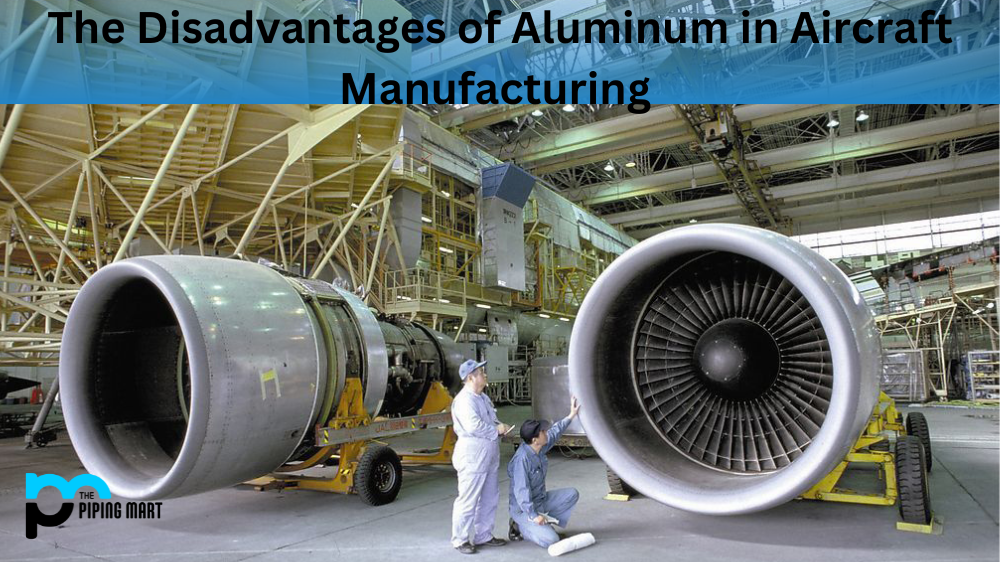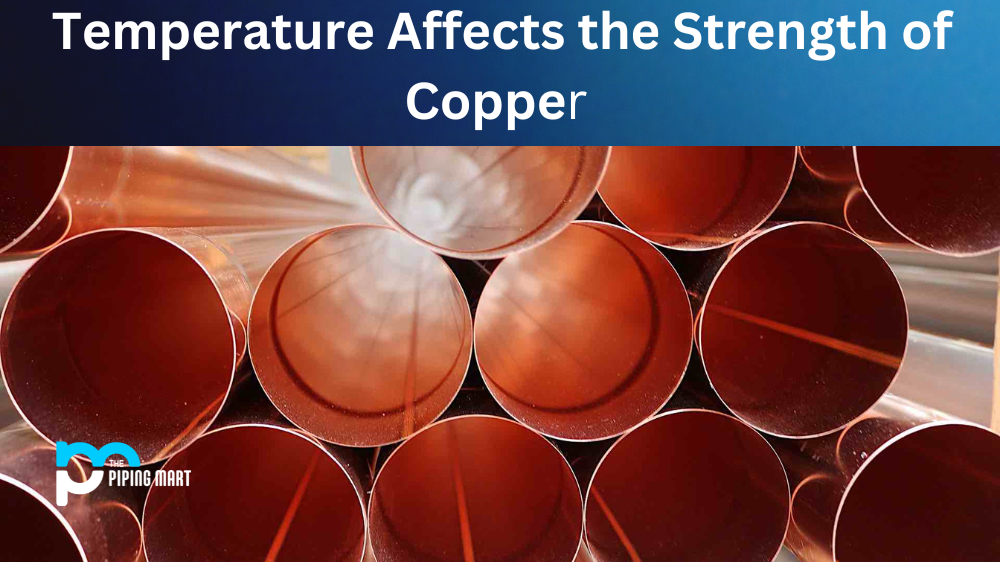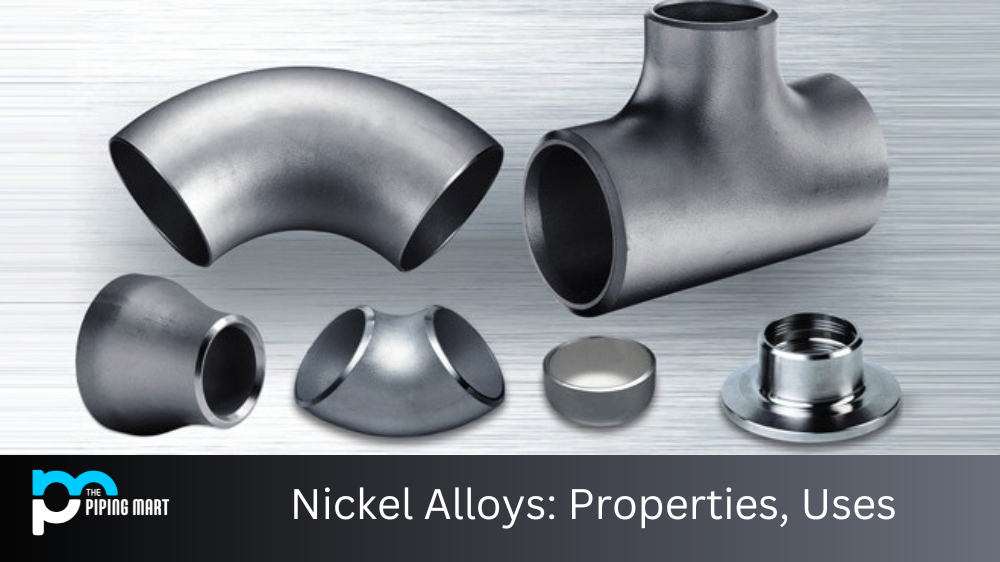Aluminum is one of the most commonly used materials in aircraft manufacturing, but that doesn’t mean it’s without drawbacks. As a lightweight and versatile metal, aluminum offers many advantages to aircraft manufacturers—but there are also several disadvantages to consider before settling on this material. Let’s take a look at some of the potential downsides to using aluminum in aircraft construction.
Aluminum Corrosion
One of the most significant disadvantages of using aluminum in aircraft manufacturing is its susceptibility to corrosion. This is because aluminum reacts with oxygen when exposed to moisture, leading to rust and other forms of corrosion that can weaken the structure of an airplane over time. This is especially true for older models exposed to harsher environmental conditions, such as salt water or high humidity. To combat this issue, aircraft manufacturers must use special coatings and treatments on aluminum parts to prevent oxidation and other forms of corrosion from taking hold.
Costly Maintenance
Another disadvantage of using aluminum in aircraft manufacturing is increased maintenance costs. Aluminum parts often require more frequent maintenance than their steel counterparts due to their propensity for corrosion and wear and tear over time. This means regular inspections are necessary to ensure that corroded or weakened parts are quickly replaced or repaired before they become a safety hazard. Additionally, because aluminum parts are typically lighter than steel parts, they require more frequent replacements due to the extra stress they endure during flight operations.
Thermal Expansion Issues
Finally, another disadvantage of using aluminum in aircraft construction is its tendency toward thermal expansion issues when exposed to extreme hot or cold—for extended periods. This type of expansion can cause structural damage if left unchecked, leading to expensive repairs or even grounding flights until the problem has been resolved. To avoid these issues, manufacturers must take extra precautions when designing airplanes with aluminum components, such as carefully calculating how much thermal expansion will occur based on expected temperature ranges during flight operations.
Conclusion
Although there are some drawbacks associated with using aluminum in aircraft manufacturing, it remains one of the most popular materials due to its lightweight and versatility. By understanding potential issues like corrosion and thermal expansion ahead of time and taking precautions accordingly—such as coating parts with unique anti-corrosion treatments or factoring thermal expansion into design calculations—aircraft manufacturers can minimize their risk while benefiting from all that aluminum has to offer for their projects. With careful planning and attention paid to detail, airlines can enjoy all the benefits of using this reliable material without having to worry about costly maintenance down the road.
Sakshee is a talented blogger, with a particular focus on the Business and Metal Industry. She is passionate about sharing her insights on various metal products and helping professionals to make a better decisions.




